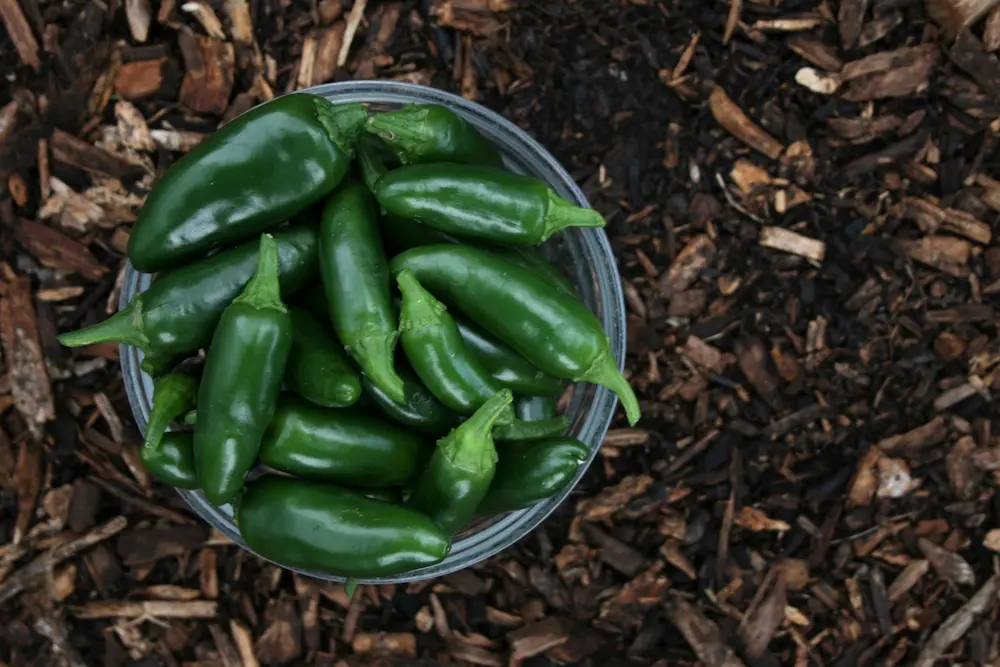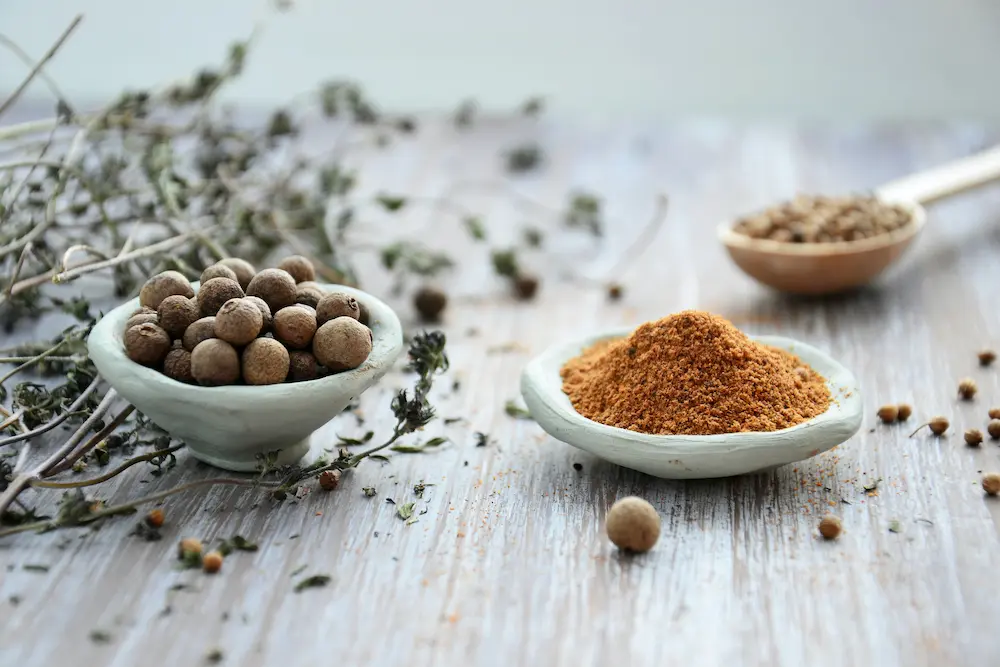Jalapeno peppers are a favorite in many households. They add flavor and heat to a variety of dishes and are a staple in Mexican cuisine. If you’re a fan of jalapenos, you might be interested in growing your own jalapeno plant. Growing your own jalapeno plant is a fun and rewarding experience, and it’s surprisingly easy to do.
In this blog post, we’ll take you through everything you need to know to grow your own jalapeno plant and unique tips for growing jalapeno peppers.


Step 1: Choose your jalapeno seeds
The first step in growing your own jalapeno plant is to choose your seeds. You can find jalapeno seeds at your local nursery, garden center, or online. Make sure you choose a high-quality seed variety that is suitable for the climate in your area. Some popular jalapeno seed varieties include Early Jalapeno, Mucho Nacho, and Tam Jalapeno.
Step 2: Start your seeds indoors
Once you have your jalapeno seeds, it’s time to start them indoors. You can start your seeds in small pots or seed trays filled with a good quality potting mix. Make sure the soil is moist but not too wet, and place the pots or trays in a warm, sunny spot. The ideal temperature for jalapeno seeds to germinate is between 70°F and 80°F.
Step 3: Transplant your seedlings
After about two to three weeks, your jalapeno seeds should start to sprout. Once they have grown to about 3-4 inches tall, it’s time to transplant them into larger pots or directly into your garden bed. Make sure to choose a sunny spot with well-draining soil.
If you’re planting your jalapenos in the garden bed, make sure to space them about 18 to 24 inches apart to give them enough room to grow. If you’re planting them in pots, make sure the pots are at least 10 to 12 inches deep.
Step 4: Water and fertilize your plants
The next of our tips for growing jalapeno peppers is to ensure regular watering, especially during hot and dry weather. Make sure to water your plants deeply, so the water reaches the roots. Jalapeno plants also benefit from regular fertilization, especially during the growing season. You can use a balanced fertilizer or a fertilizer that is specifically designed for peppers.
It’s important not to overwater your jalapeno plants, as this can lead to root rot. Make sure to water your plants only when the soil feels dry to the touch.
Step 5: Support your plants
As your jalapeno plants grow taller, they may need support to prevent them from falling over. You can use stakes or cages to support your plants. Make sure to tie the plants to the stakes or cages loosely, so they have room to grow.
Step 6: Control pests and diseases
Jalapeno plants can be susceptible to pests and diseases. Some common pests that can affect jalapeno plants include aphids, spider mites, and whiteflies. To control pests, you can use insecticidal soap or neem oil. It’s important to follow the instructions on the label carefully when using any pesticides.
Jalapeno plants can also be susceptible to diseases such as bacterial spot, powdery mildew, and blossom end rot. To prevent diseases, make sure to keep the plants well-watered and avoid getting water on the leaves. You can also use fungicides if necessary.
Step 7: Harvest your jalapenos
Once your jalapeno plants start producing peppers, it’s time to harvest your jalapenos. Jalapenos are usually ready to be harvested when they reach a length of about 2-3 inches and are firm to the touch. You can also check the color of the jalapenos; they should be green, but they will turn red as they ripen.
To harvest your jalapenos, simply snip them off the plant with a pair of scissors or pruners. Be careful not to damage the plant or any other peppers that are still growing. Jalapenos will continue to grow and produce fruit throughout the growing season, so make sure to harvest them regularly to encourage more growth.
Step 8: Enjoy your jalapenos!
Once you’ve harvested your jalapenos, it’s time to enjoy them! Jalapenos can be used in a variety of dishes, from salsas and guacamole to chili and stir-fries. They can be eaten raw or cooked, and their heat level can be adjusted depending on how many seeds and membranes you leave in the pepper.
Jalapenos can also be preserved by pickling or drying them. If you have an abundance of jalapenos, consider pickling them to enjoy throughout the year.
Conclusion: Tips for growing jalapeno peppers
Growing your own jalapeno plant is a fun and rewarding experience that can yield a bountiful harvest of spicy peppers. Remember to choose high-quality seeds, start your plants indoors, transplant them to a sunny spot with well-draining soil, water and fertilize them regularly, support them as they grow, and control pests and diseases.
And most importantly, enjoy the fruits of your labor by using your homegrown jalapenos in a variety of delicious dishes! We hope you enjoyed our tips for growing jalapeno peppers!
Want to learn how to make your own homemade sourdough bread? It would be tasty with some jalapeno peppers!






[…] Want more? Check out this blog to learn how to grow jalapeno peppers. […]